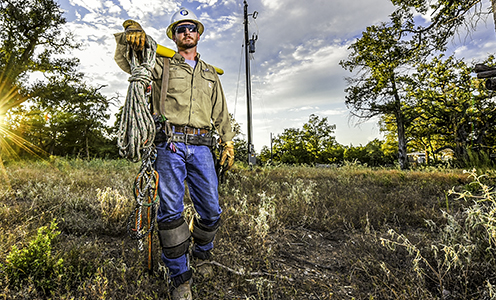First responders of the Bluebonnet region
Recent news
Scammers are more likely to take advantage of you by stealing money or personal information during the holidays, when you are more likely to be distracted. While you are busy shopping, traveling and preparing for celebrations, be aware of these common scams:
- Demands for immediate payment. Scammers may claim your electricity will be shut off unless you pay immediately, often demanding payment via wire transfer or reloadable card.
- Caller ID spoofing. Fraudsters can manipulate caller ID to make it appear as if the call is coming from Bluebonnet.
- Email phishing. Scammers may send emails posing as Bluebonnet, requesting that you send money, provide passwords or share other personal information.
- Door-to-door impostors. Some scammers might show up unannounced, posing as Bluebonnet employees and offering a free energy audit or other service.
Bluebonnet will never threaten to disconnect service over the phone, request payment by prepaid card or cash, ask for account passwords, call from an out-of-state number, direct you to call an unofficial number or sell products or services door-to-door.
If you suspect a scam, call law enforcement and Bluebonnet at 800-842-7708. For more ways to spot and stop scams, visit bluebonnet.coop/scams.





